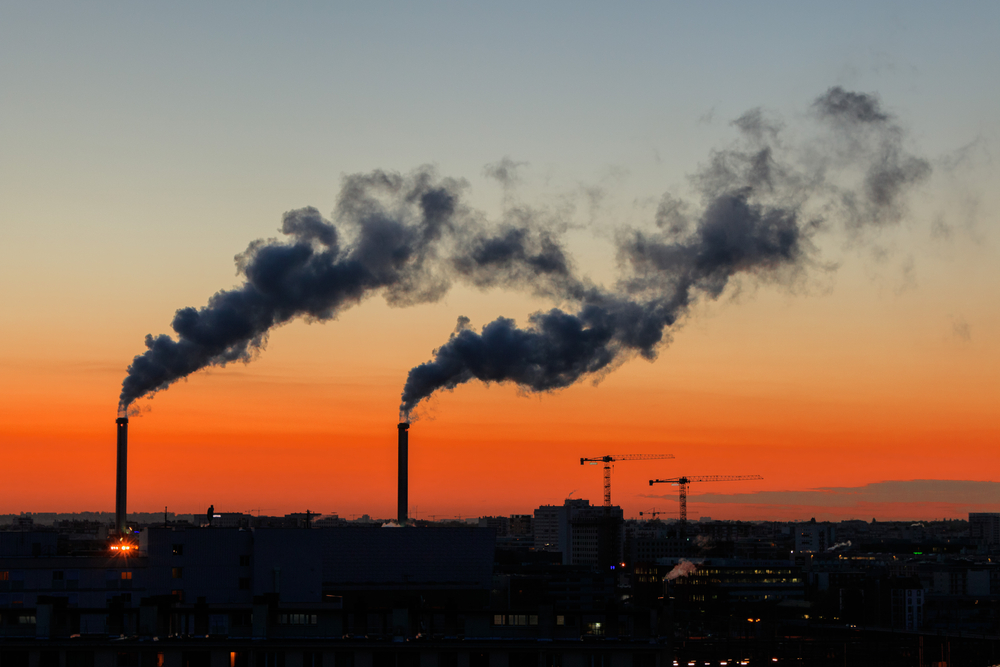Fine Particulate Air Pollutants Raise Risk of Acute IPF Flare-ups

GUNMANPHOTO/Shutterstock
Exposure to fine particulate air pollutants, such as PM2.5 and nitric oxide (NO), raises the risk for acute flare-ups of idiopathic pulmonary fibrosis (IPF) within a time window of one to two months, according to data from a recent study.
The study, “Exposure to PM2.5 is a risk factor for acute exacerbation of surgically diagnosed idiopathic pulmonary fibrosis: a case–control study,” was published in the journal Respiratory Research.
Exposure to airborne particulates under 10 and 2.5 micrometers in diameter (PM10 and PM2.5, respectively) have been linked to higher mortality in IPF, but their relation to acute exacerbations — sudden and severe episodes of disease worsening — is not well-understood.
Past studies have shown that exposure to fine particulate matter is a risk factor for hospitalization in cases of IPF, and of acute IPF flare-ups within 42 days of exposure. Yet, these studies were small and their results not statistically significant.
A team of researchers from multiple institutions in Japan sought to obtain stronger results by correlating past records of acute exacerbations in idiopathic interstitial pneumonias (IIP) — a group of lung disorders of unknown origin that include IPF — with short-term exposure to air pollutants.
They identified a total of 352 IIP patients from 33 hospitals, 152 of whom had IPF.
Their analysis showed that monthly exposure to NO and PM2.5 was significantly associated with a higher risk of an IPF acute exacerbation. Specifically, an increase by 10 parts per billion (ppb) in NO and PM2.5 levels were linked to a 1.46- and 2.56-times higher risk of an acute flare-up, respectively.
Although past studies also have found associations between the levels of nitrogen dioxide and ozone — two other relatively common pollutants — and IPF flare-ups, researchers did not observe any statistically significant increase in risk associated with them in this study.
The reason for this, they say, is unclear, but could be related to different study methodologies, IPF definitions, and environmental features of the areas studied.
The finding that exposure to NO and PM2.5 is linked to increased risk of a flare-up occurring one to two months later largely agrees with past studies that have identified an exposure time window of 0–42 days. Of interest, ambient NO has not been described previously as a risk factor in respiratory diseases, possibly because few countries measure it.
“This is the first study to show the correlation between AE-IIPs and short-term exposure to ambient air pollutants,” the investigators wrote.
As a retrospective study, the researchers were unable to control for many variables that might help explain or refine the present observations. As such, they call for future prospective studies to investigate and validate their results.
Finally, they called attention to the need for better air quality measures as a matter of public health.
“Although the recent reduction in the levels of air pollutants has conferred health benefits,” they wrote, “further efforts are required to decrease exposure to PM2.5 and reduce the risk of [IPF acute exacerbations] in Japan.”







